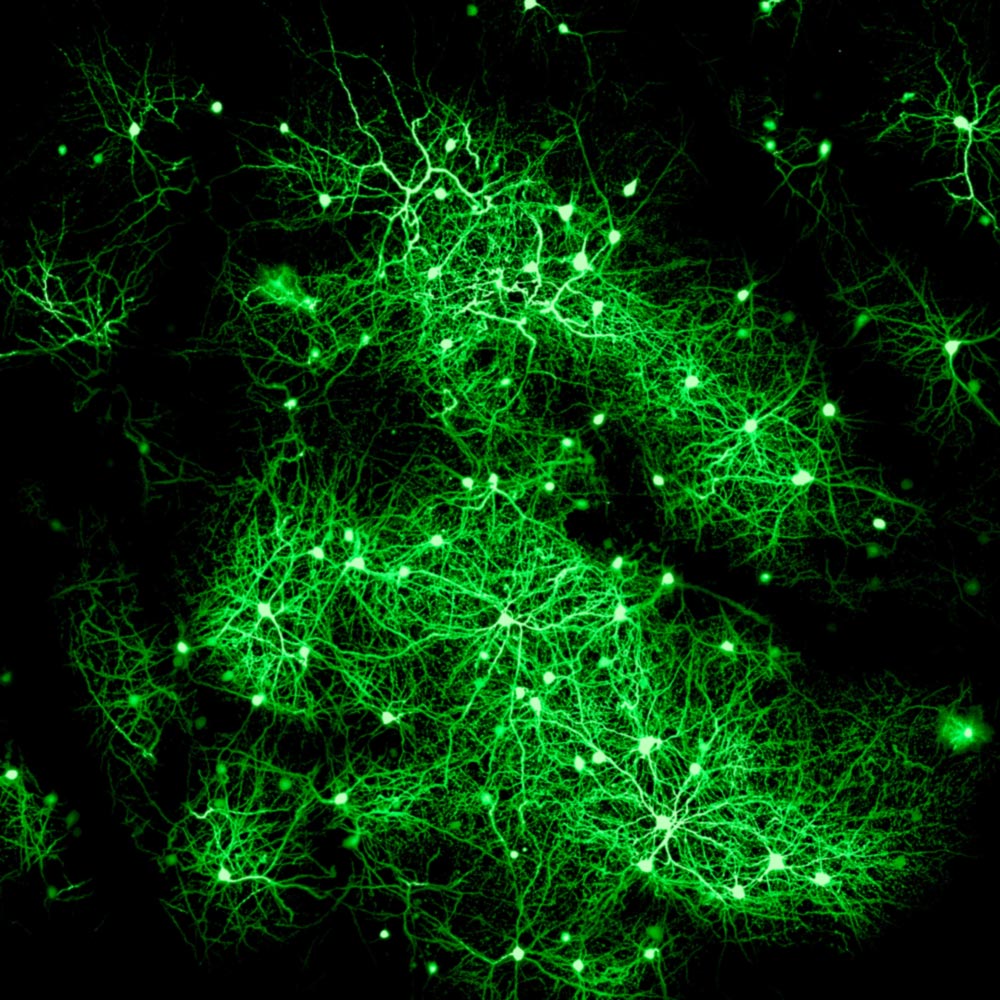MEMBERS
Anthony Holtmaat


Anthony Holtmaat is a full professor in the Department of Basic Neurosciences, where he holds the IRP Chair Alain Rossier, and co-directs the Lemanic Neuroscience Doctoral School. He is a molecular and cellular neuroscientist, specialising in neuronal synaptic circuits. His lab studies the mechanisms by which sensory input and learning change synapses in cortical circuits. His work has provided conceptual frameworks for the underpinnings of cortical plasticity, which may provide handles for modulating cortical function in various disorders.
Mental health hinges on a complex interplay of brain processes. Our understanding of the mechanisms underlying aberrations therein remains incomplete. Anthony Holtmaat imputes this partly to the distributed nature of most psychiatric disorders. He believes that to further our understanding, it is crucial to focus on a specific component of a psychiatric condition (e.g. false perception in schizophrenia, or hypersensitivity in autism), and view it as part of a continuum of normal brain functions. By dissecting the circuit mechanisms of these key behavioural traits, he aims at identifying possible loci of synaptic dysfunction.
Synaptic integration of sensory Input and context in the cerebral cortex
The cerebral cortex integrates incoming sensory input with the brain’s internal information streams to form an appropriate perceptual response. In other words, sensory perception is highly dependent on the sensory context which culminates from internal body and brain states, the levels of motivation and attention, and the individual’s environment. Anthony Holtmaat laboratory intends to dissect how particular information streams impinge on cortical pyramidal cell dendrites, whose various synaptic inputs have distinct, structural, molecular, and interspatial properties. These properties are important for how synapses influence one another and how well they drive activity of a neuron. Some of the molecular and functional distinctions between synapses have also been identified as signatures in models of psychiatric disorders, such as in schizophrenia and autism. Thus, the Holtmaat laboratory aims at investigating the relevance of these distinctions for dendritic and neuronal activity. To do this, his lab will combine optogenetic tools, calcium imaging, behavioural tasks, as well as genetic and pharmacological manipulations to probe synaptic circuit functions.

The control of fear by pre-frontal cortical circuits
Anthony Holtmaat and his research team are investigating the role of various interneurons in controlling the prefrontal cortex (PFC), a brain structure that plays a role in executive functions and an individual’s ability to cope with stressors. The different interneuron types serve various functions and exert precise control over pyramidal neuron activity. Anthony Holtmaat’s lab in collaboration with others, discovered that a neurogliaform type of interneurons (NGCs) in the PFC increase their activity during fear learning. Since NGCs may play a pivotal role in modulating and integrating multisensory and internal state information in the cortex, they may represent a target for maladaptive circuit function during the interpretation of fear cues. The lab now plans to further dissect the role of NGCs in fear learning, which is a central aspect of anxiety. They also intend to expand this approach to other types of interneurons, enhancing our understanding of how various neuronal types contribute to brain function and dysfunction in controlling fear.

